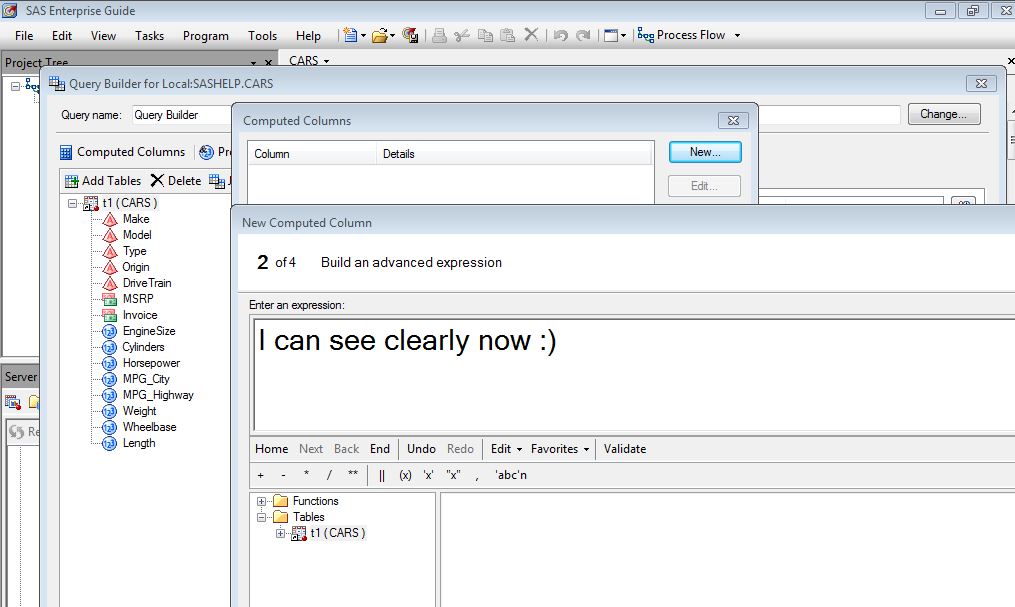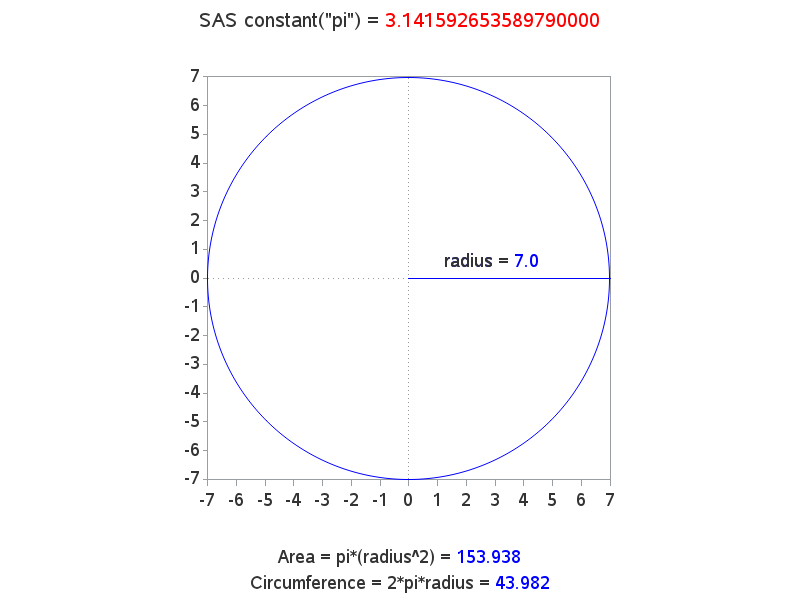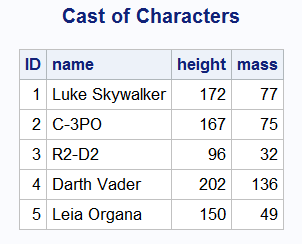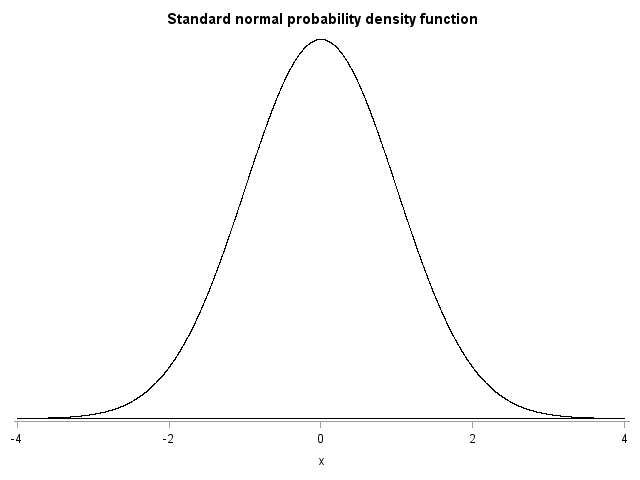
I remember the first time I was faced with the challenge of parallelizing a DATA step process. It was 2001 and SAS V8.1 was shiny and new. We were processing very large data sets, and the computations performed on each record were quite complex. The processing was crawling along on













